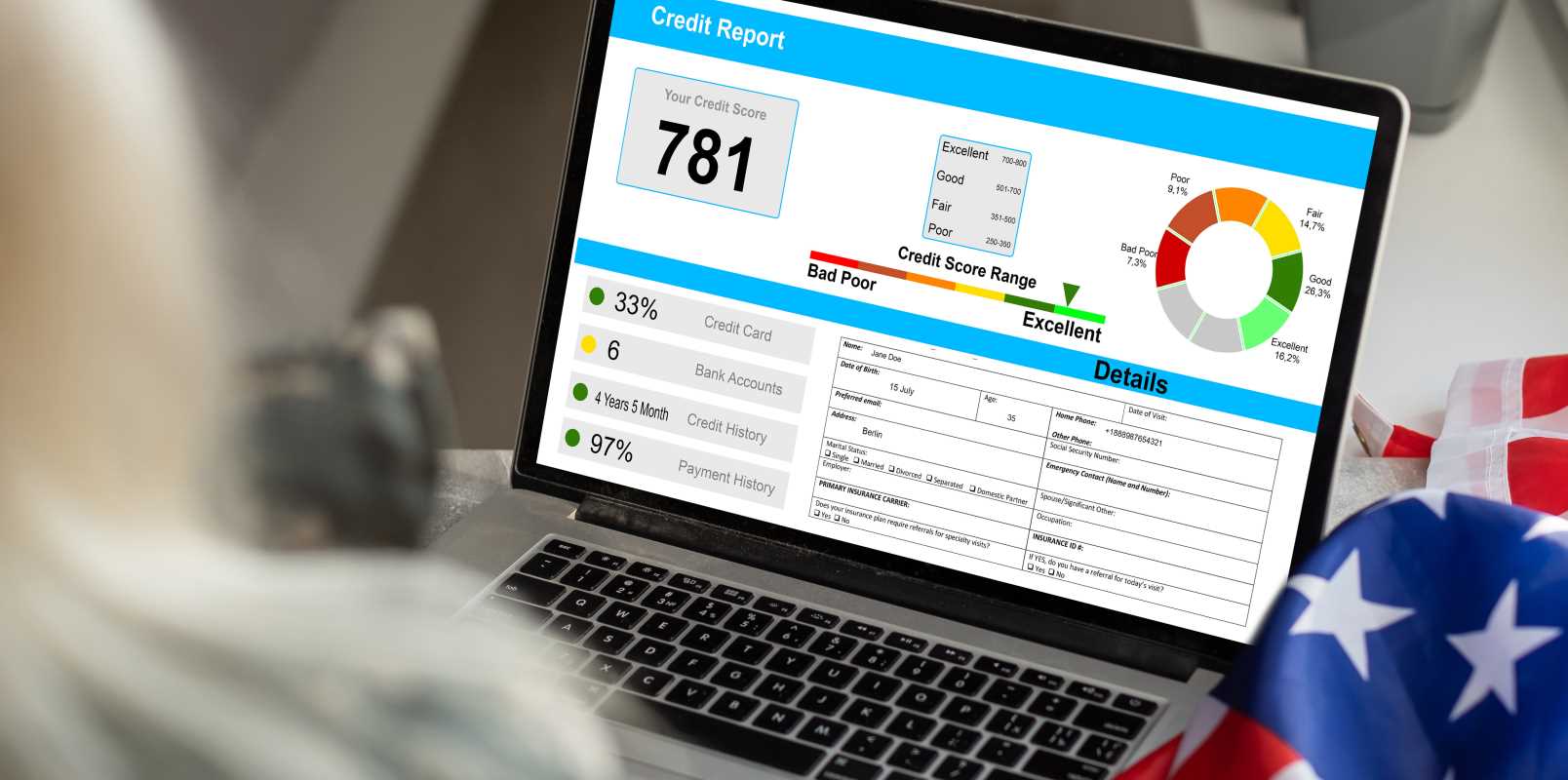We've all experienced those moments when unexpected sales and irresistible deals tempt us, or we find ourselves caught in late-night online shopping sprees that quickly deplete our funds. For young professionals with ambitious goals, keeping spending in check is essential—not just for maintaining a healthy bank account, but also for achieving those long-term career and personal aspirations. By embracing behavioral finance principles, you can transform your approach to managing money. These techniques enable you to make more informed and savvy financial decisions without the sense of sacrifice, leading to a more secure and fulfilling financial future.
Understanding Behavioral Finance
Behavioral finance explores the psychological factors that influence our financial decisions. Unlike traditional finance, which assumes people act rationally, behavioral finance recognizes that emotions and biases can lead us astray. By understanding these tendencies, you can make more informed spending choices.
This field delves into why we sometimes spend more than we earn or hesitate to invest wisely. Knowing the underlying reasons behind our spending patterns gives us the ability to take control and steer our finances in a positive direction.
Identifying Your Spending Triggers
Recognizing what drives your spending serves as the first step towards better money management. Here are some common spending triggers:
- Emotional Stress: Turning to shopping as a way to cope with stress or negative emotions.
- Social Influence: Feeling pressured to match the spending habits of friends or colleagues.
- Impulse Buys: Making unplanned purchases when shopping online or in-store.
- Advertising and Promotions: Responding to sales, discounts, and targeted ads.
- Convenience Spending: Spending more when it's easy to do so, like through one-click purchases.
To manage these triggers, start by keeping a spending journal to note when and why you make purchases. Awareness of these triggers allows you to develop plans, such as taking a moment to reflect before buying or setting limits for impulse purchases.
Setting Realistic Financial Goals
Having clear financial goals provides direction and motivation. Here are steps to set and achieve your financial goals:
- Define Your Goals: Identify what you want to achieve financially, whether it’s saving for a down payment, paying off student loans, or building an emergency fund.
- Make Them Specific and Measurable: Instead of saying "save money," aim for "save $5,000 in a year."
- Set a Timeline: Assign a deadline to each goal to track progress effectively.
- Break Them Down: Divide larger goals into smaller, manageable milestones.
- Ensure They Are Realistic: Set achievable goals based on your income and expenses to avoid feeling overwhelmed.
- Review and Adjust: Periodically assess your goals and adjust them as needed based on changes in your financial situation.
By following these steps, you can create a roadmap that guides your spending and saving habits towards meaningful achievements.
Creating a Budget You Can Stick To
A successful budget doesn't restrict your freedom but gives you the flexibility to enjoy your money wisely. Start by tracking your income and all your expenses to understand where your money goes each month. Categorize your spending into essentials like rent, utilities, and groceries, and non-essentials like dining out or entertainment.
Consider using budgeting tools or apps like Mint, YNAB (You Need A Budget), or PocketGuard to simplify the process. These tools help you set limits, track spending in real-time, and provide insights into your financial habits. Remember to review and adjust your budget regularly to accommodate changes in your income or lifestyle, ensuring it remains a true reflection of your financial priorities.
Adopting Behavioral Techniques to Improve Spending
Implementing behavioral techniques can make a big difference in how you manage your money. One effective method is the "50/30/20 rule," which allocates 50% of your income to needs, 30% to wants, and 20% to savings and debt repayment. This helps you prioritize essential expenses while still enjoying some discretionary spending.
Another technique is "automatic savings," where a portion of your paycheck automatically transfers to a savings or investment account. This reduces the temptation to spend what you might otherwise save. Setting spending limits or using cash for certain expenses can help curb overspending by creating financial boundaries you are less likely to cross.
Monitoring and Adjusting Your Spending Habits
Keeping an eye on your spending proves essential for maintaining control over your finances. Use budget tracking apps or spreadsheets to monitor where your money goes each month. Regularly reviewing your expenditures helps you identify patterns, spot unnecessary expenses, and ensure you’re staying on track to meet your financial goals.
It’s also important to be flexible and willing to adjust your budget as needed. Life changes, such as a new job or a move, can impact your financial situation. By staying proactive and making adjustments, you ensure that your spending habits evolve with your circumstances, keeping your financial plan effective and relevant.
Embrace behavioral finance techniques to improve spending habits and achieve financial success and peace of mind.







